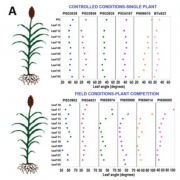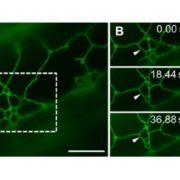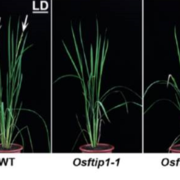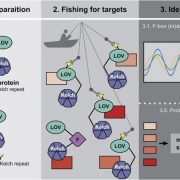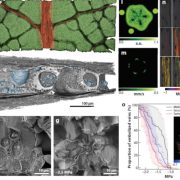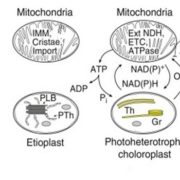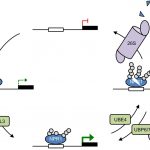The use of high throughput phenotyping for assessment of heat stress-induced changes in Arabidopsis (bioRxiv)
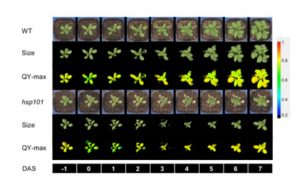 With global temperatures rising, tolerance to heat is becoming increasingly important as a breeding target for crop plants, but it is a highly complex response that includes processes including plant cooling capacity, growth recovery, and maintenance of photosynthesis. Using Arabidopsis, Gao et al. developed a pipeline to look for scorable early phenotypic responses to heat, to facilitate breeding efforts. They used a high throughput imaging system to track plant size, morphology, temperature and chlorophyll fluorescence (to calculate quantum yield) to analyze the high-temperature responses of wild-type Arabidopsis and an hsp101 non-thermotolerant mutant. They found that “early changes in photochemical quenching corresponded with the rosette size at later stages.” (Summary by Mary Williams) bioRxiv 10.1101/838102
With global temperatures rising, tolerance to heat is becoming increasingly important as a breeding target for crop plants, but it is a highly complex response that includes processes including plant cooling capacity, growth recovery, and maintenance of photosynthesis. Using Arabidopsis, Gao et al. developed a pipeline to look for scorable early phenotypic responses to heat, to facilitate breeding efforts. They used a high throughput imaging system to track plant size, morphology, temperature and chlorophyll fluorescence (to calculate quantum yield) to analyze the high-temperature responses of wild-type Arabidopsis and an hsp101 non-thermotolerant mutant. They found that “early changes in photochemical quenching corresponded with the rosette size at later stages.” (Summary by Mary Williams) bioRxiv 10.1101/838102


